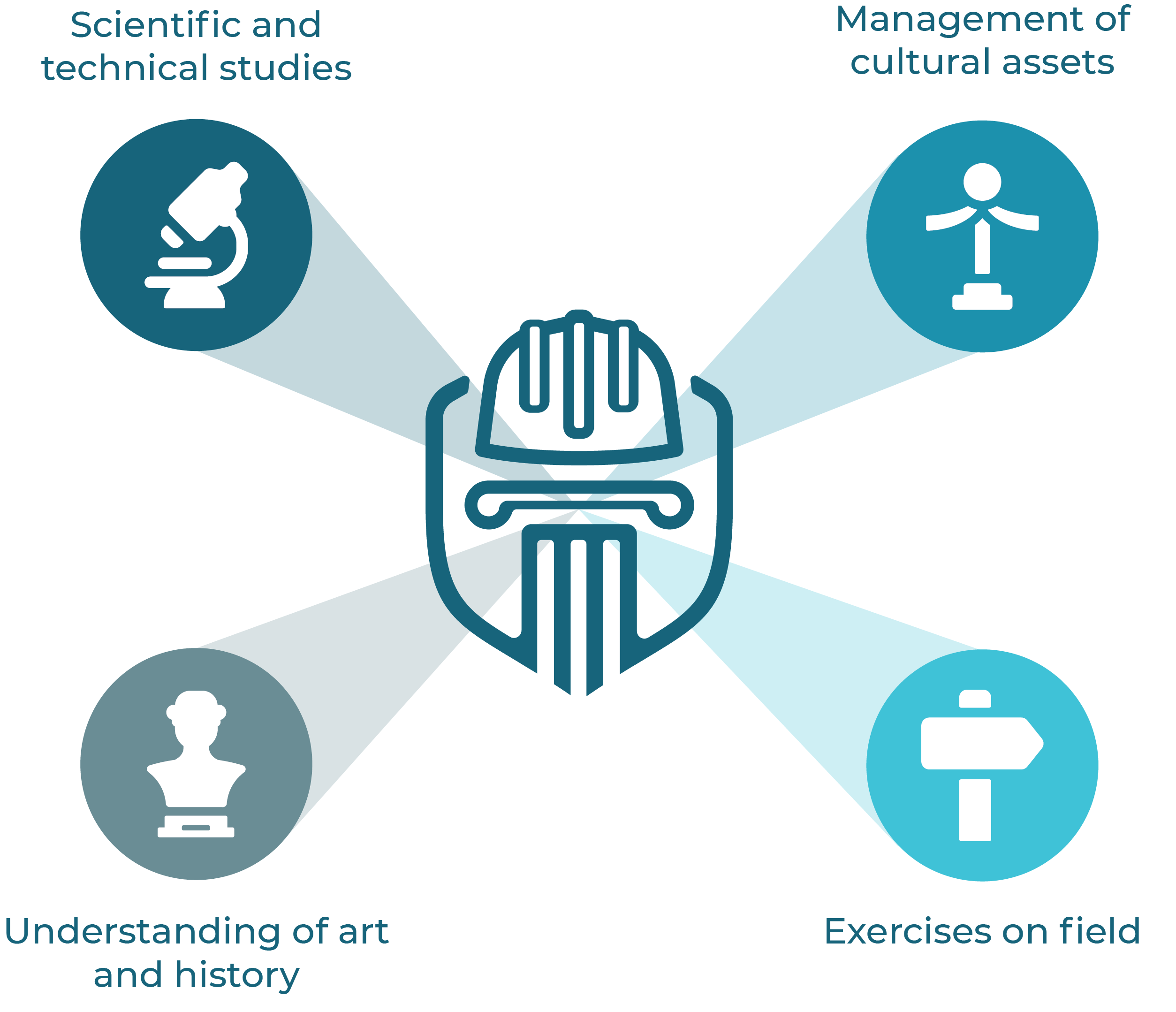The Charisma project team is happy to announce that the results of the first Work Package are finally ready!
This Study is the very first document to underline not only the need for protection of cultural heritage from natural disasters and phenomena due to climate change, which, as stated elsewhere, has been acknowledged and pushed by transnational institution such as UNESCO and ICOMOS. The very core of our innovation is the focus on the specific tasks and roles to be assumed by staff to face those risks and protect cultural heritage from climate change: it is a guide about the new skills that have to be researched on the job market or on the VET market by each actor involved in the CH sector.
The responsible partner for this Work Package was WARREDOC.
WARREDOC is the Water Resources Research and Documentation Center – established at the Università per Stranieri di Perugia (UNISTRAPG) since 1985 – developing research, advanced training and scientific communication in the field of water, environment and disaster risk management. WARREDOC is innovation, applied research and communication for technology transfer and sustainable development in the field of water.
Fernando Nardi, Director of the WARREDOC center, says: “Engineering and humanities need to join forces to tackle Disaster Risks impacting our natural and cultural heritage. Technological advances cannot make it alone to tackle climate change if not supported by cultural and behavioural change. Cultural heritage protection requires transdisciplinary, participatory and inclusive programs. CHARISMA protects cultural heritage fostering citizen engagement and increased awareness of DRR measures needed to face climate and social change.“
The report
The WP1 report aims to provide a study on risk assessment and management of cultural heritage across Europe, with a specific focus on targeted countries: Italy, Austria, Czechia, and Germany.
The study on risk assessment is based on the desk research activity articulated into three distinct tasks aimed at providing a framework to address the risk of climate change in a structured way, by incorporating the necessary knowledge and skills to assess and address potential risks on cultural heritage from natural disasters.
Desk review
The analysis of the scientific literature provides an orientation framework on the management of risks on cultural heritage, first of all attesting to the multidisciplinary characteristics and perspectives. The selected publications address the topic mainly from:
- the perspective of environmental sciences, to study the risk conditions for cultural heritage in the context of climate change;
- from an engineering perspective to identify technical and technological solutions for risk mitigation;
- finally from a social sciences perspective to study the socio-cultural and economic impacts of damage and organisational models for the sustainable management of cultural heritage.

Secondly, the statistics confirm the actuality of the topic with a net increase in publications in the period 2014-2022.
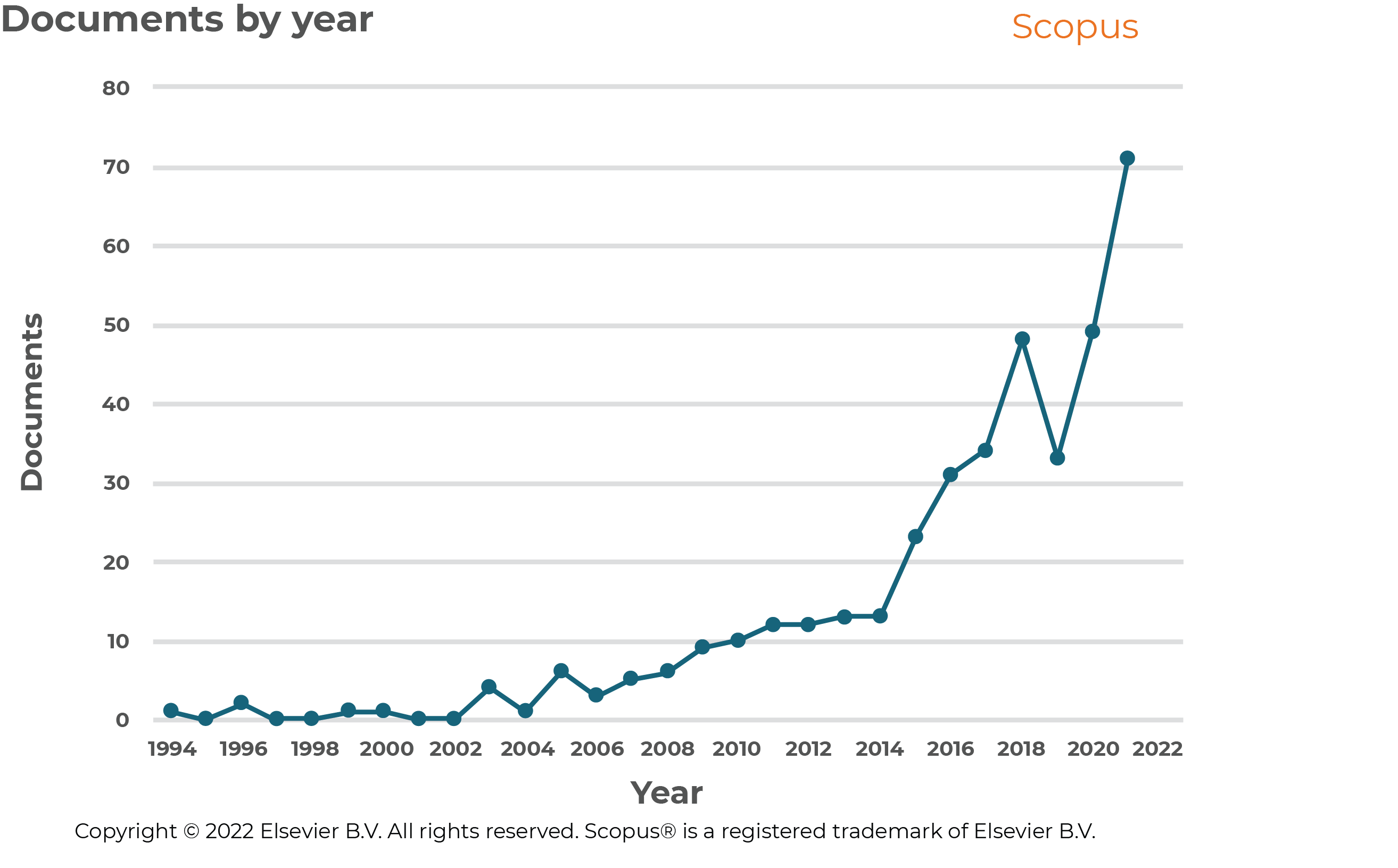
Finally, it is interesting to note how scientific research on Risk Management in Cultural Heritage in Europe is mainly funded by the European Commission from community programs such as Framework Programme and Horizon 2020/Horizon Europe to indicate the strategic role assumed by the management of cultural heritage in the operational and programmatic guidelines of the European Union.
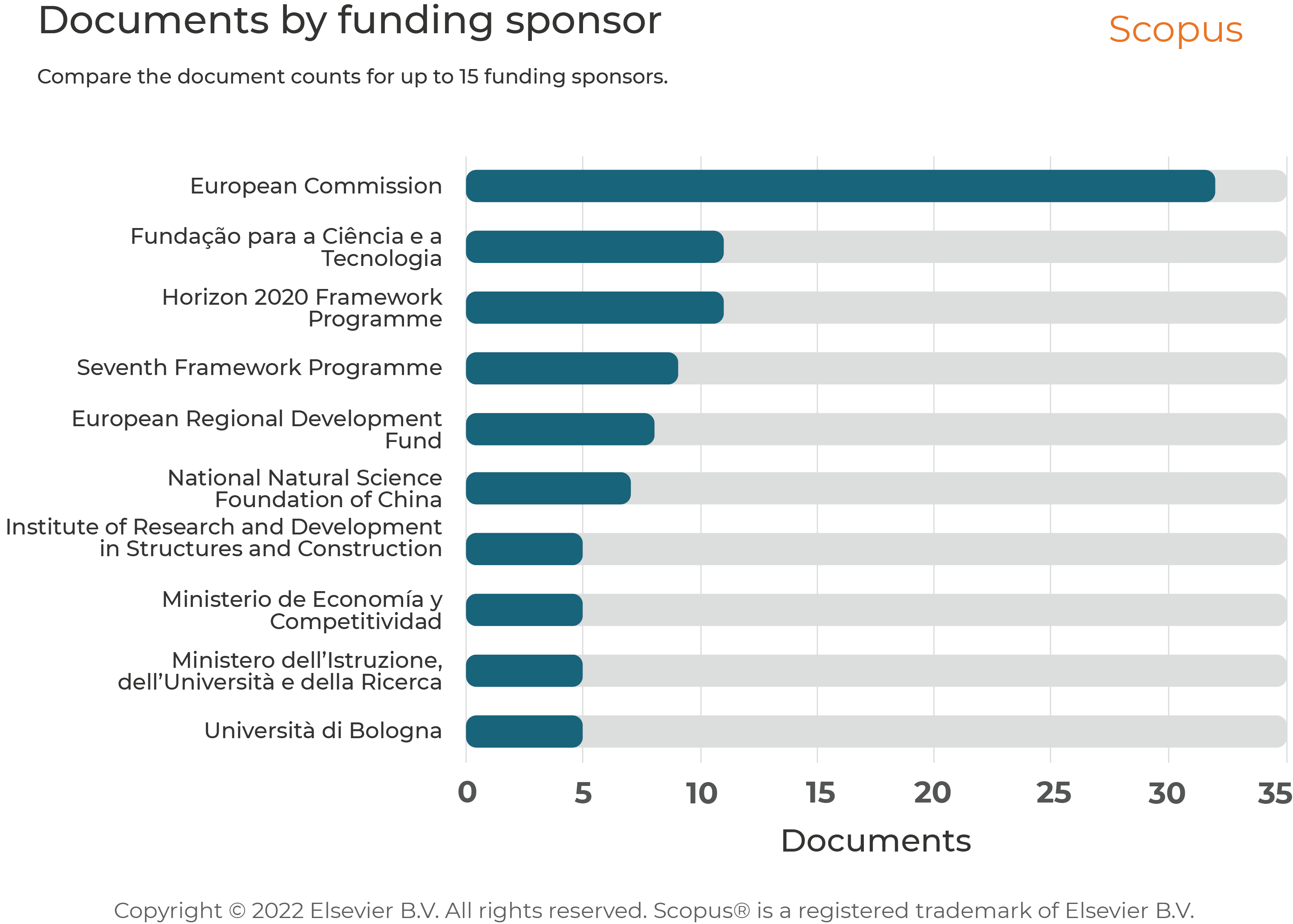
Stakeholder map
WP1 has further refined and tailored such desk work, with the coordinated support of all partners, to perform a “target group” tailored analysis of the “knowledge and market base” of the “Risk Manager for Cultural Heritage” trained professionals.
The methodological procedure followed for the identification and recognition of cultural heritage institutions is essentially based on the guided collection of data relating to stakeholders in terms of (1) name of institution/organisation; (2) profile; (3) mission; (4) cultural heritage of reference; (5) related risks.
Legal framework
An extended mapping has been performed of both knowledge and organisations/institutions (both public and private) in order to assess the current situation (plans developed, legislative frameworks, etc.) about risks management related to climate change for each category mapped in each targeted Country.
The reconstruction of the legal framework completes the desk research activity by providing regulatory references for the management of cultural heritage and risk mitigation in Europe. The activity carried out with the coordinated collaboration of all partners aims to provide a framework on two levels: European and national. The first order describes the framework of the EU directives while the second offers an overview of the regulations in force at the national level in the field of cultural heritage and the environment.
Mapping cultural heritage at risk in targeted countries
The 4 targeted countries host 123 sites (World Heritage Sites – WHS) included in the UNESCO World Heritage List, divided by:
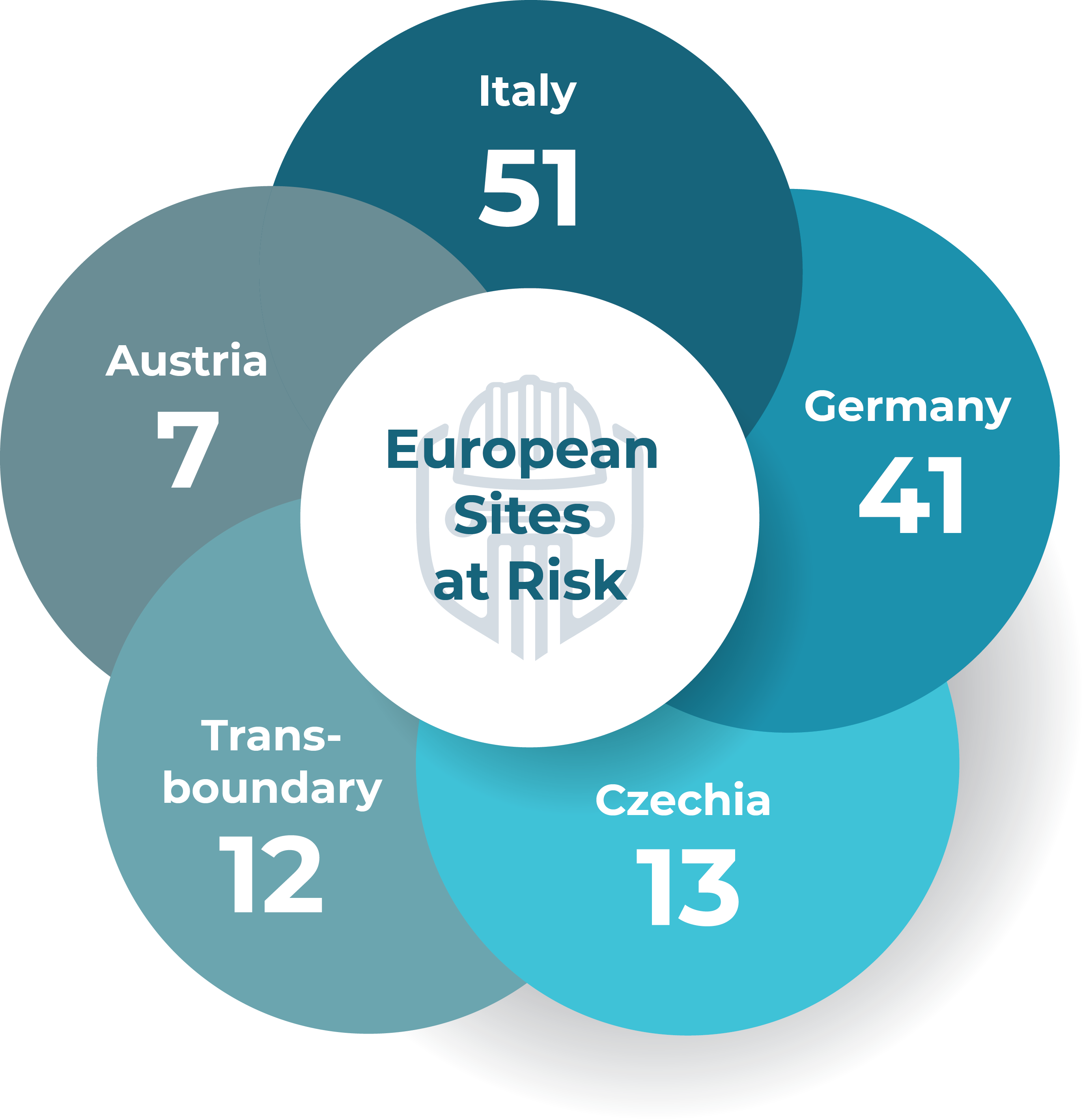
Italy
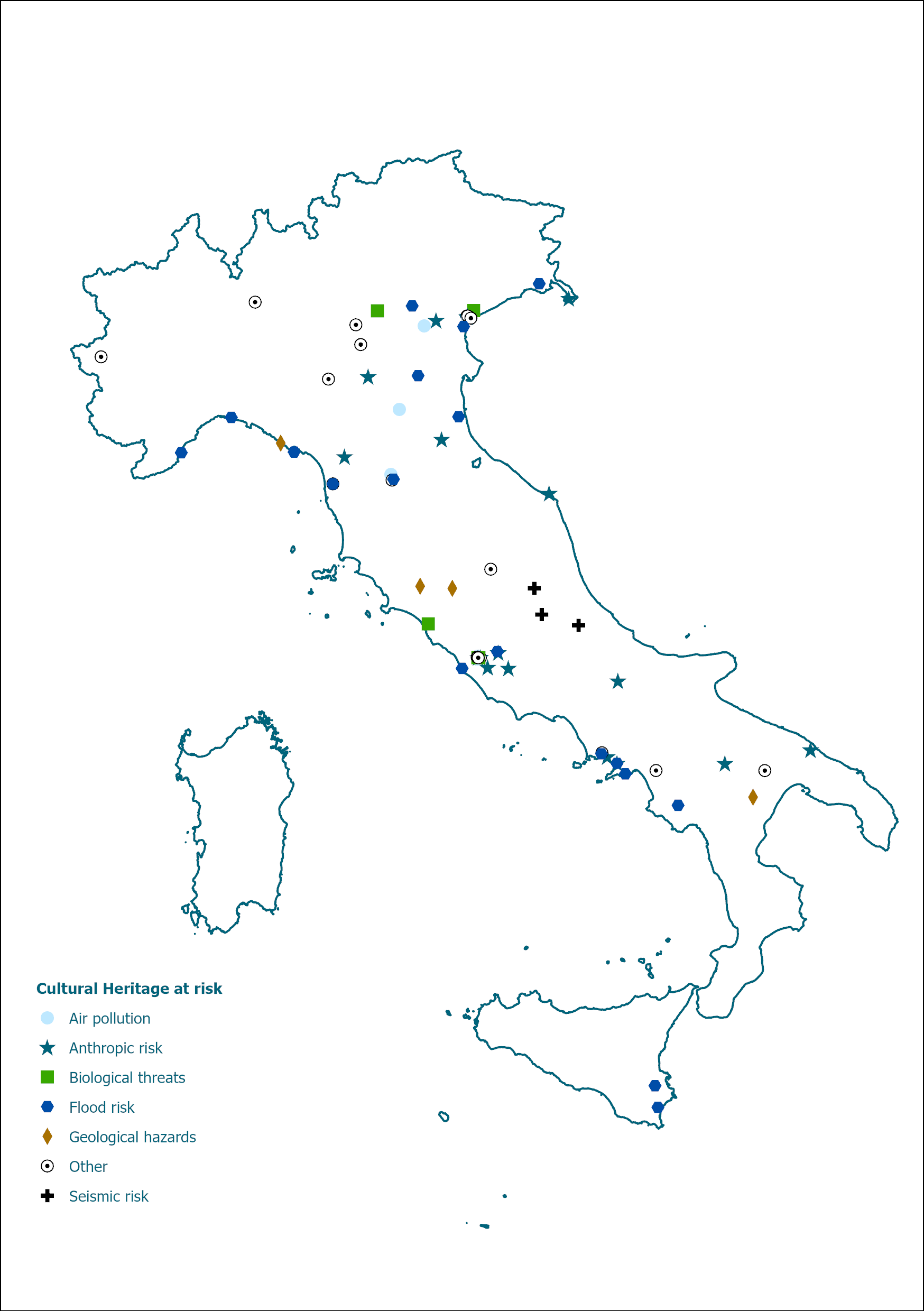
Pending risks on the cultural heritage framework in Italy appear varied.
This characteristic is also linked to a high number of endangered cultural sites identified by the sources used in the mapping activity, spread throughout the national territory. The variety of landscapes and environments in the Italian context exposes the cultural heritage differently and peculiarly. The Italian case study reveals a complex framework also due to the combination of risk factors.
Type of sites:
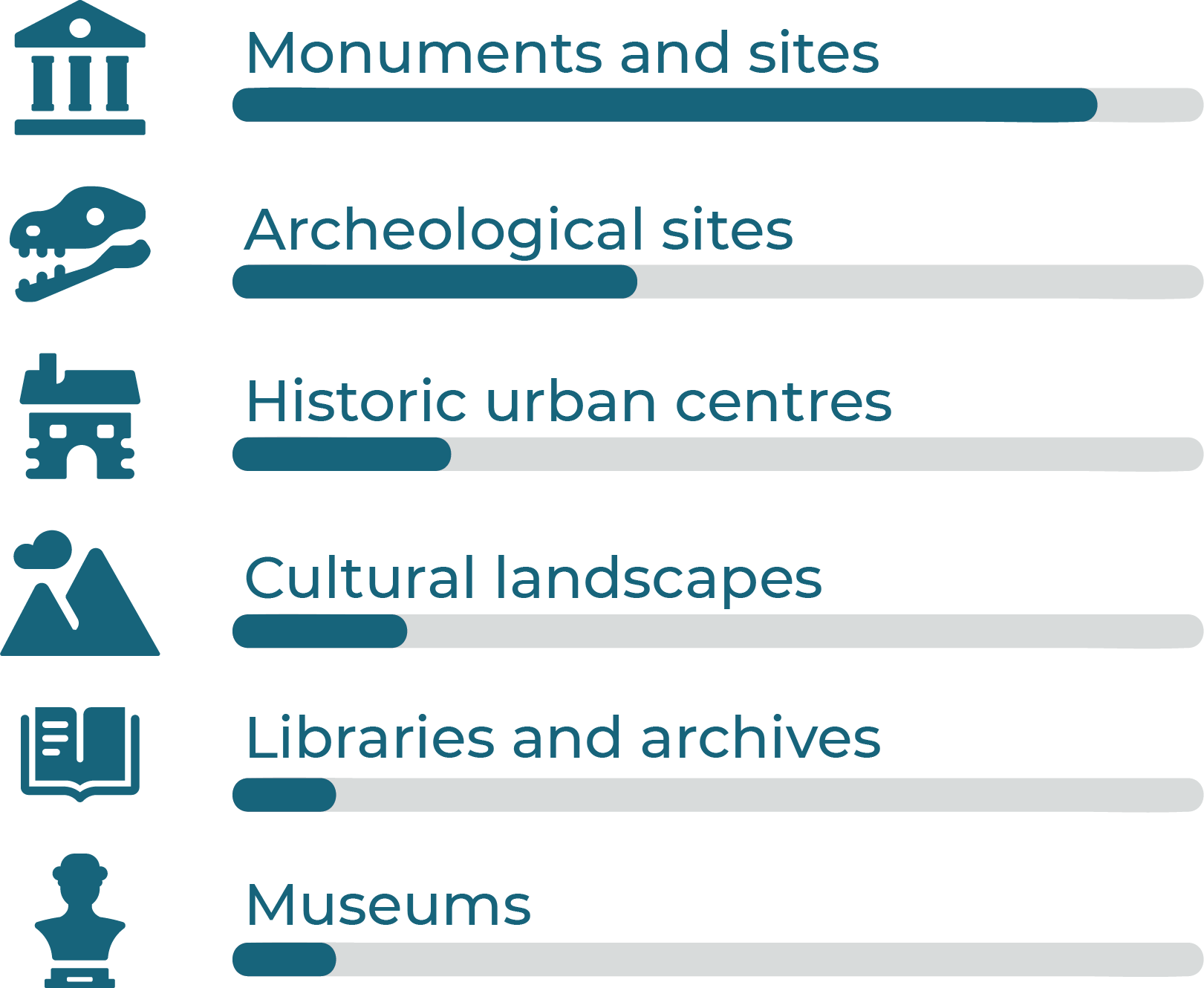
Risks:
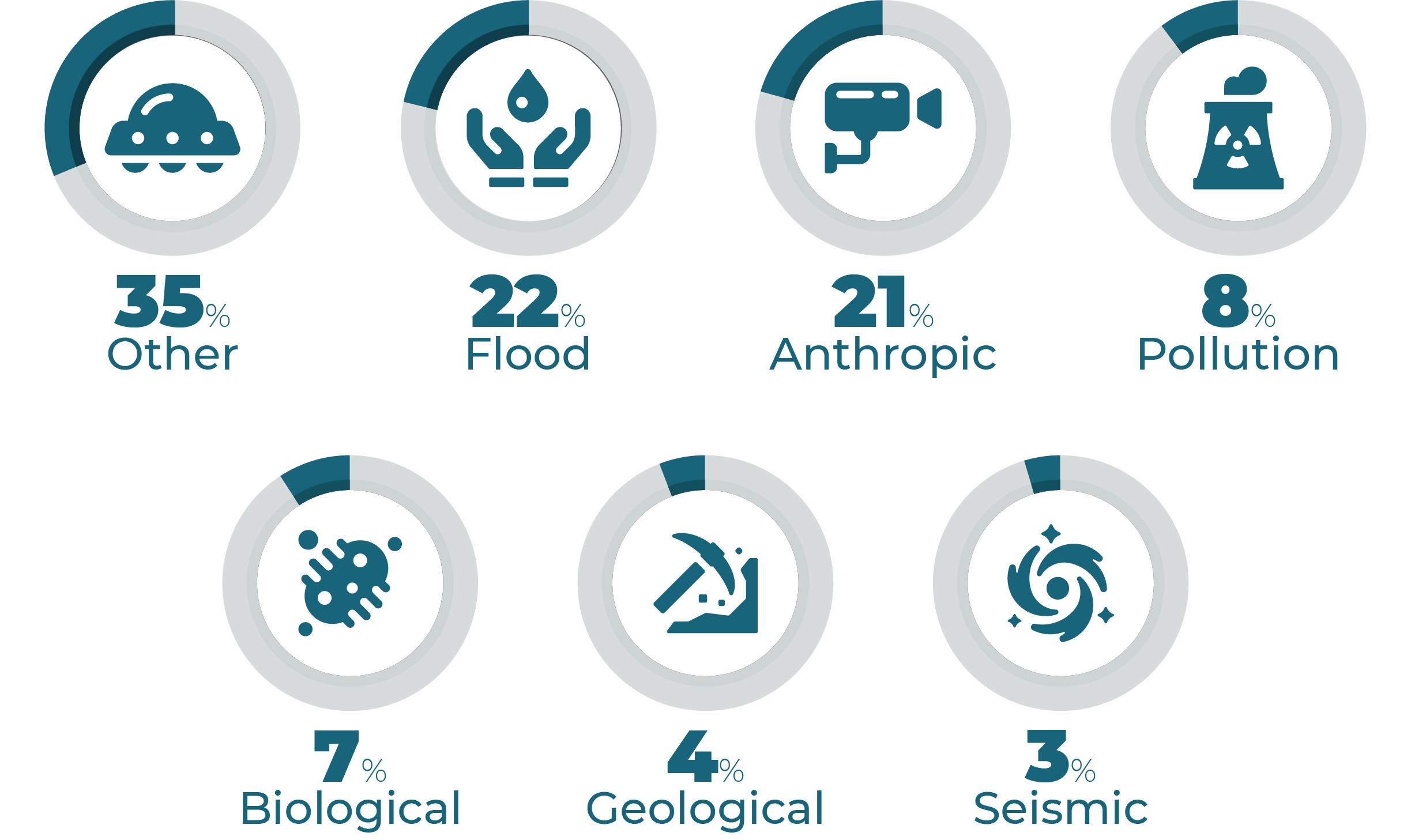
Czech Republic
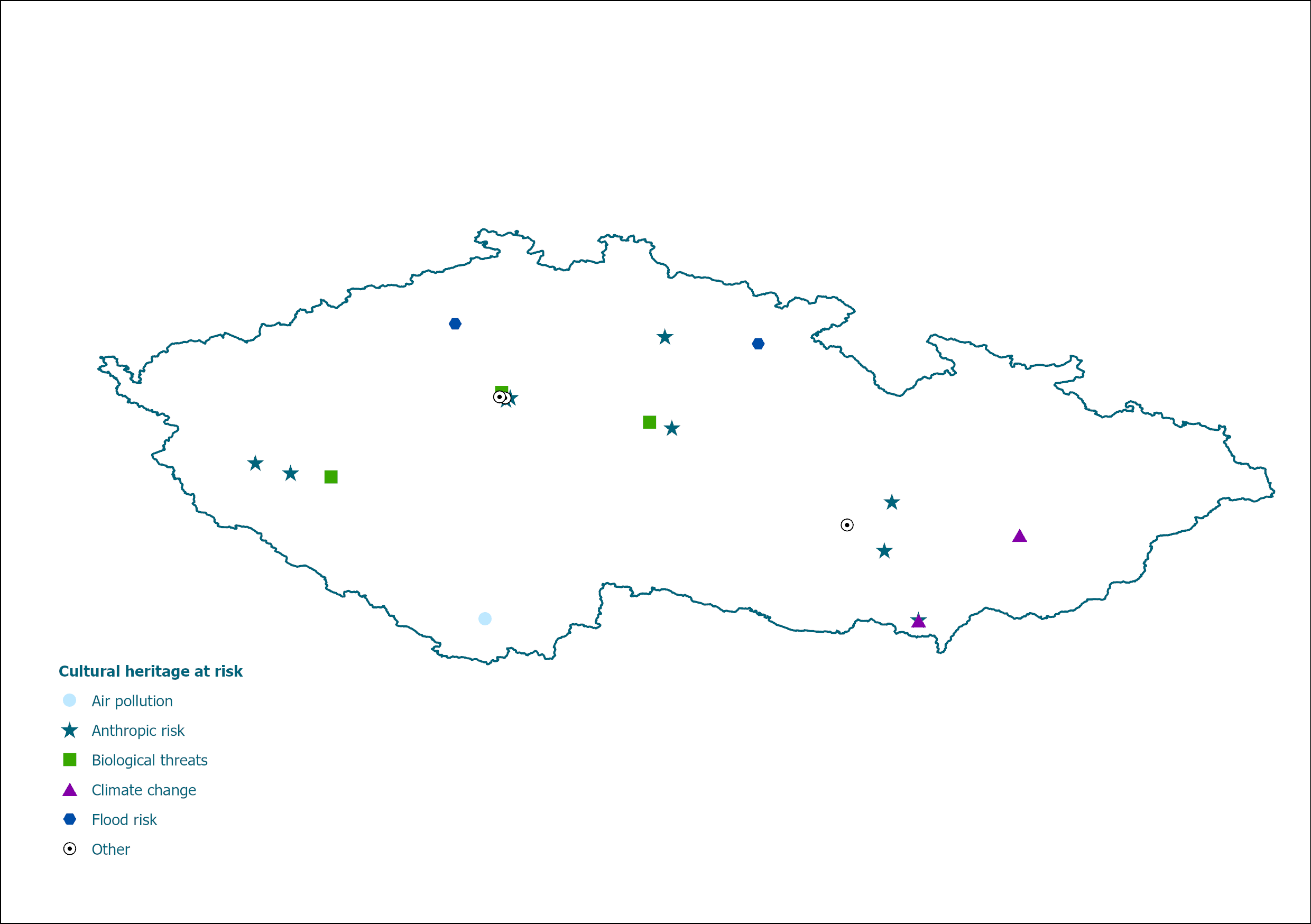
Among the main risks identified in the mapped sites of the Czech Republic are factors of carelessness, neglect and mismanagement. These factors fall into the category of anthropic risk, such as the effects of war conflicts of past eras or re-functionalization of cultural sites (palaces, castles) not compatible with proper maintenance and functionality of the site.
Type of sites:
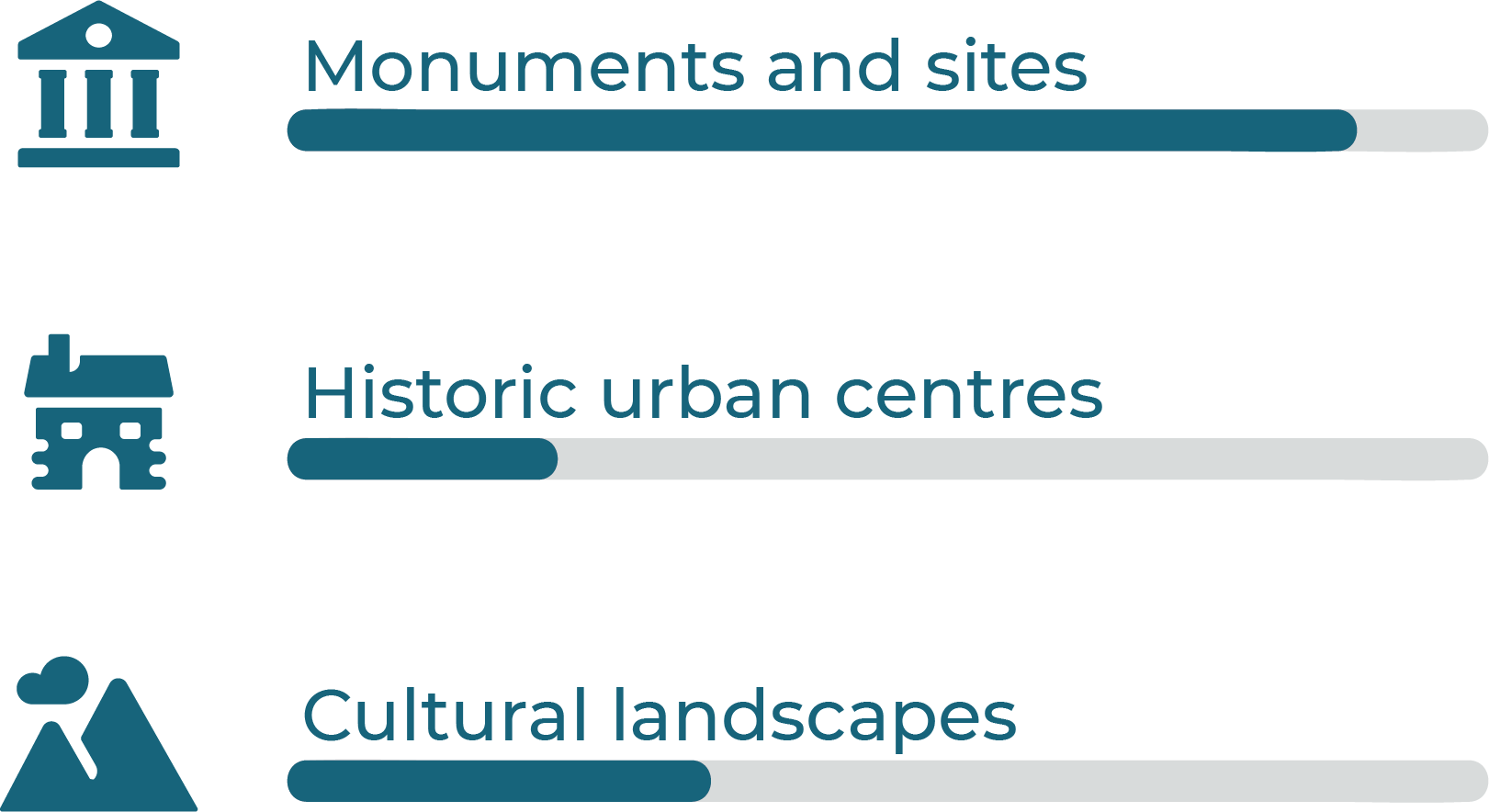
Risks:
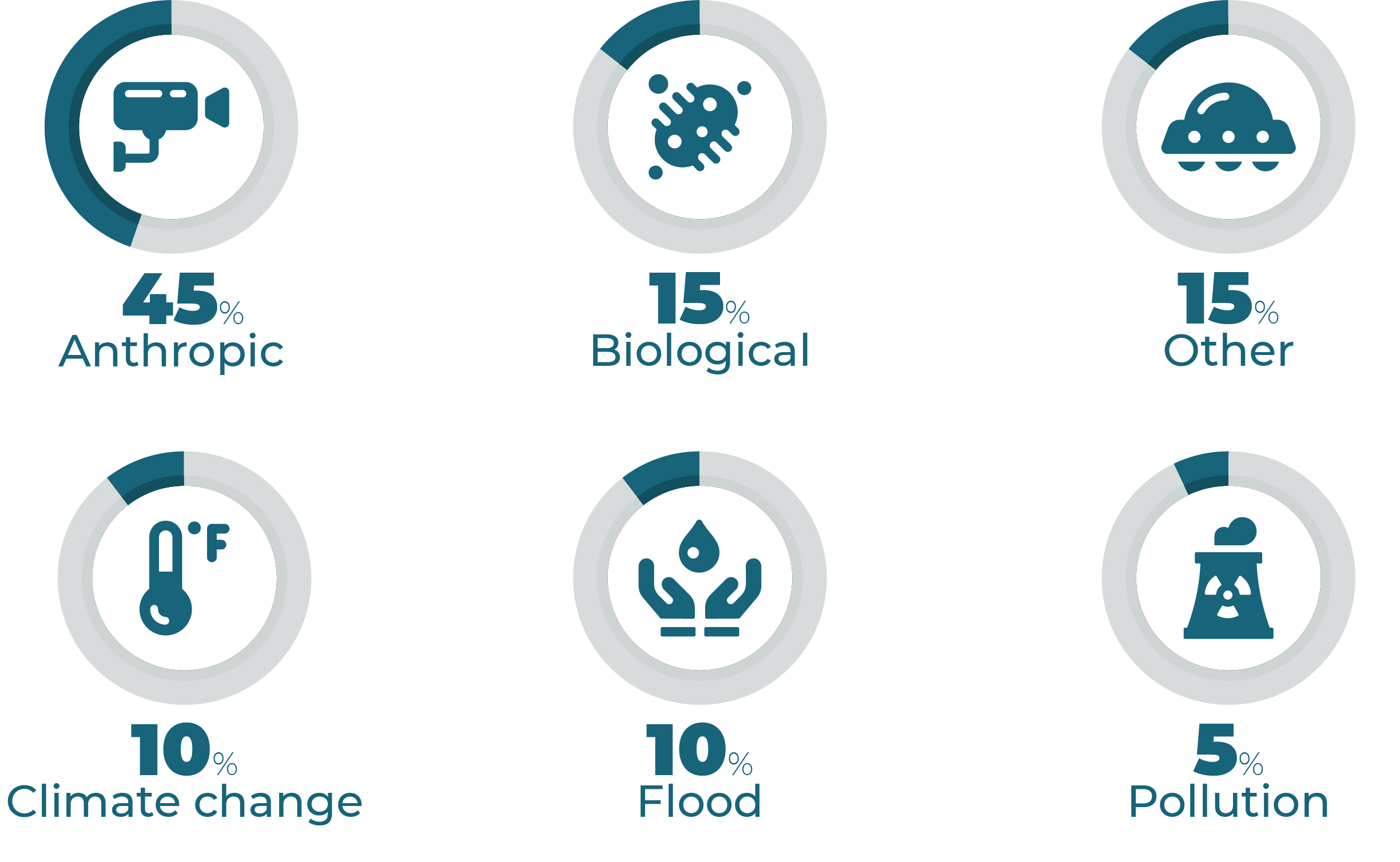
Germany
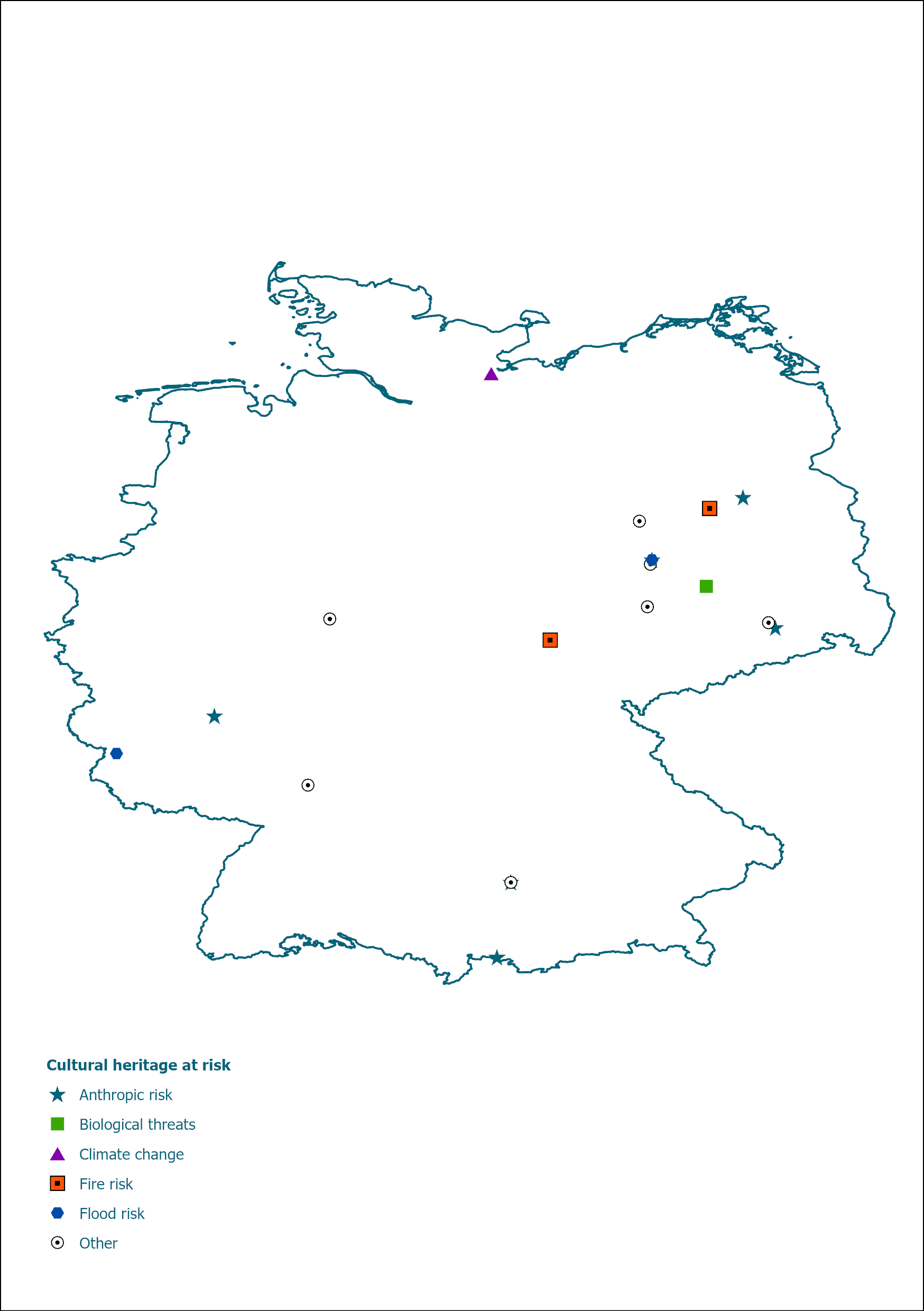
The prevailing risks arising from the mapping of cultural sites at risk in Germany concern natural ageing. No particular problems emerge from the German case apart from the deterioration related to maintenance and weather. This is the reason why there is a high number of restoration and maintenance.
The risks are linked to humidity and water infiltration. The effects of urbanisation also fall in the German case in urban historic centres as in the case of Dessau-Görlitz.
Type of sites:
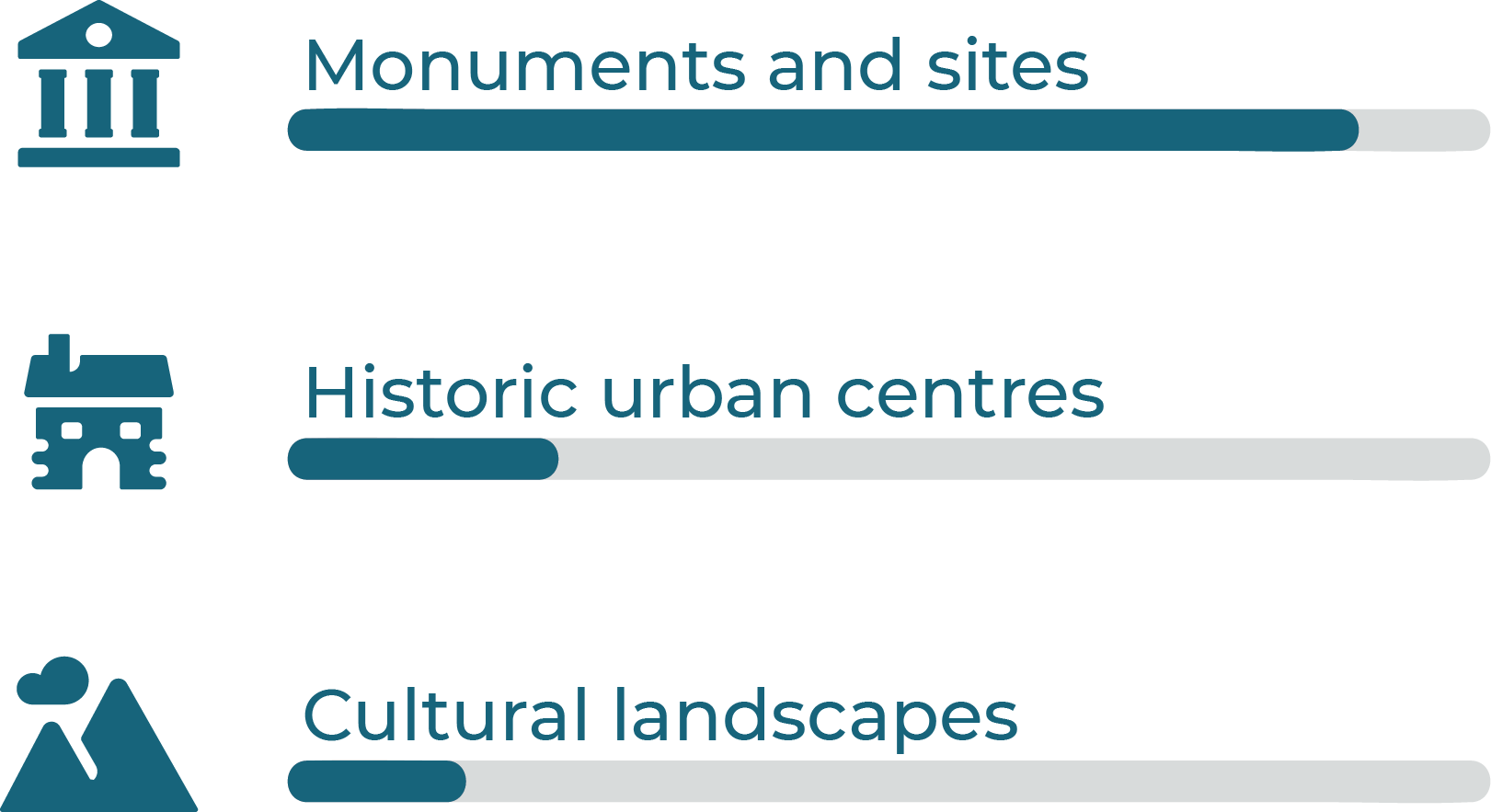
Risks:
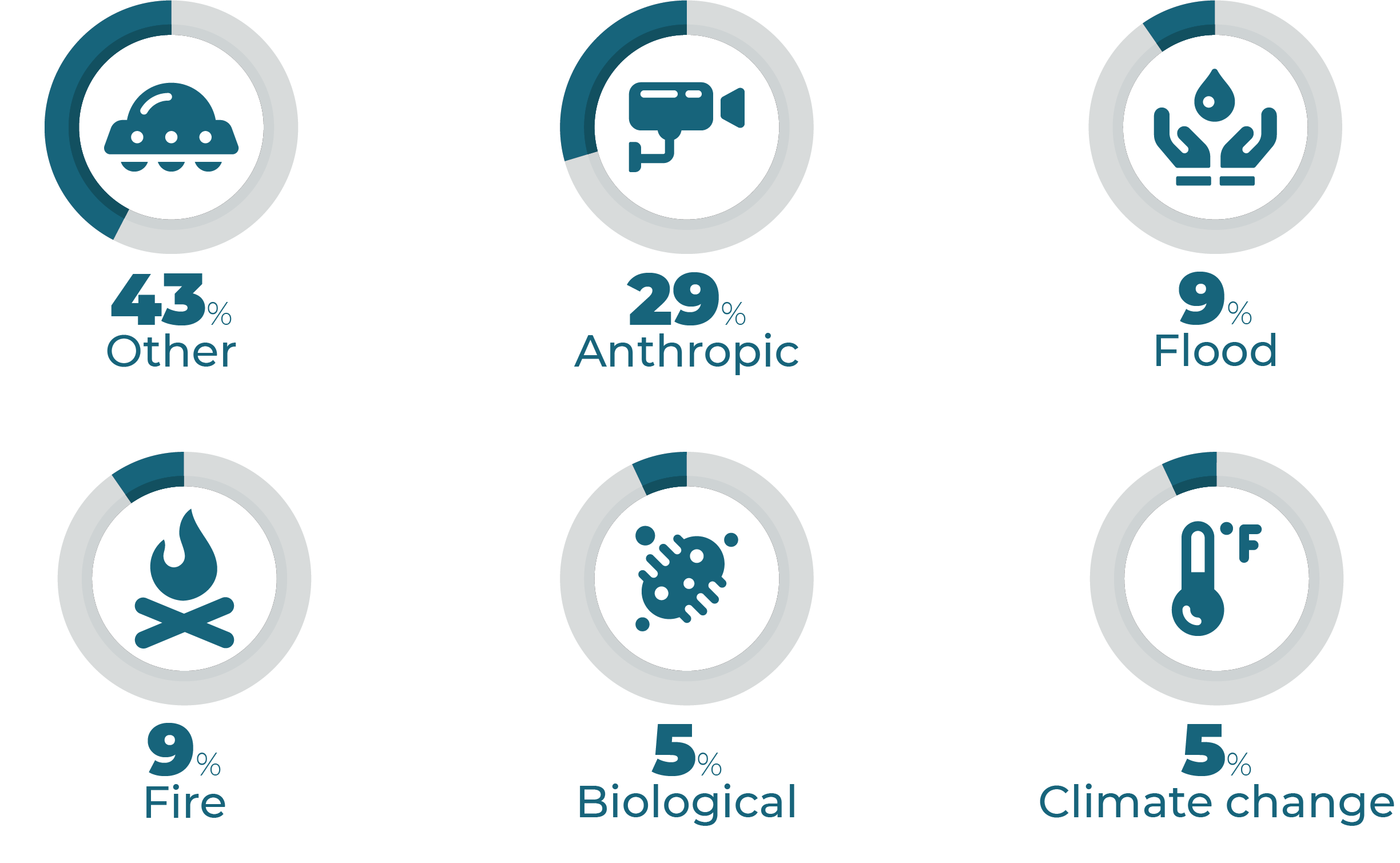
Austria
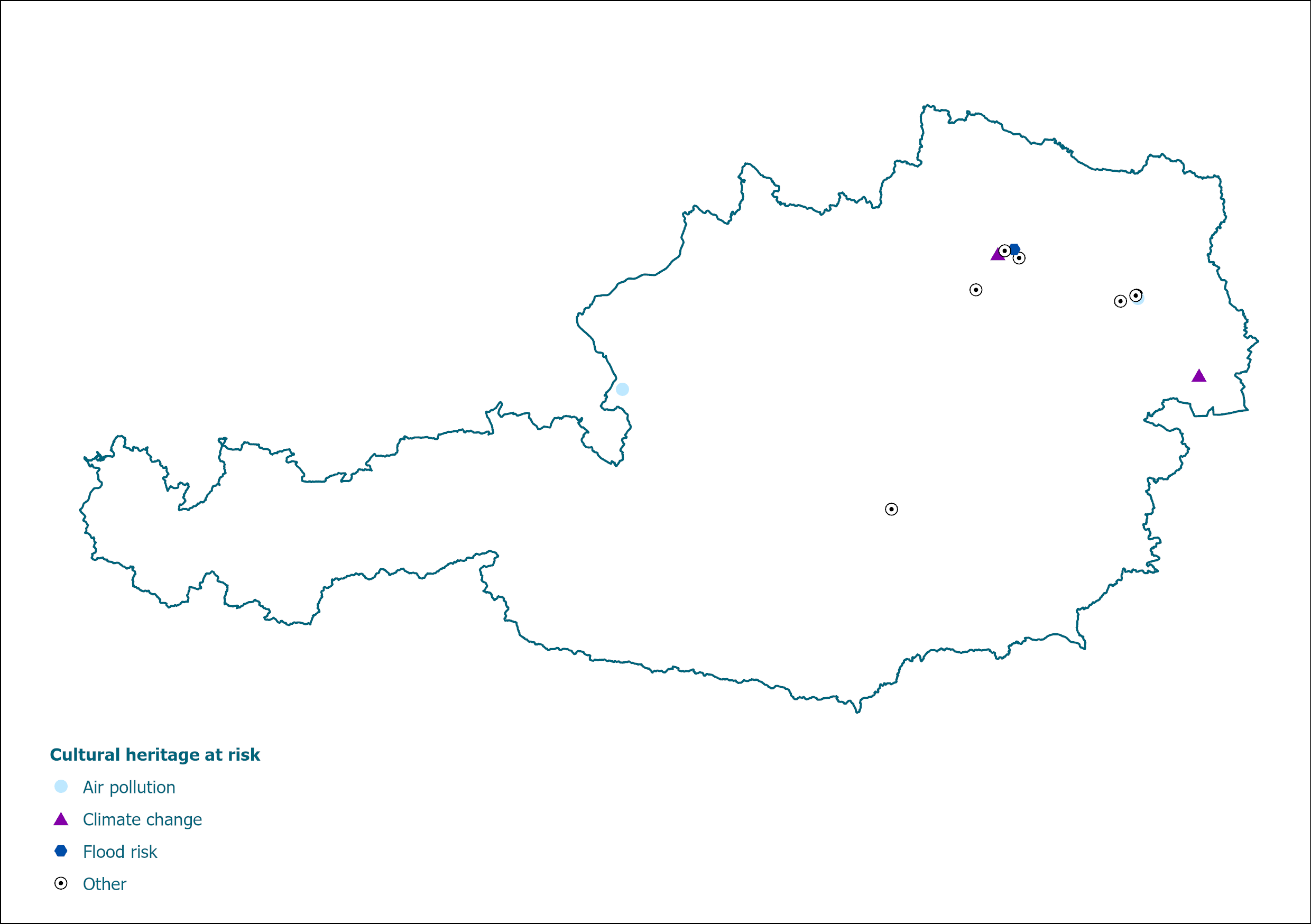
Even in the case of Austria there are no particular issues, except those related to causes of general risk such as water infiltration, humidity and air pollution. These are common risks in urban contexts, where cultural heritage is identified with the appearance of cities and places of life.
Type of sites:
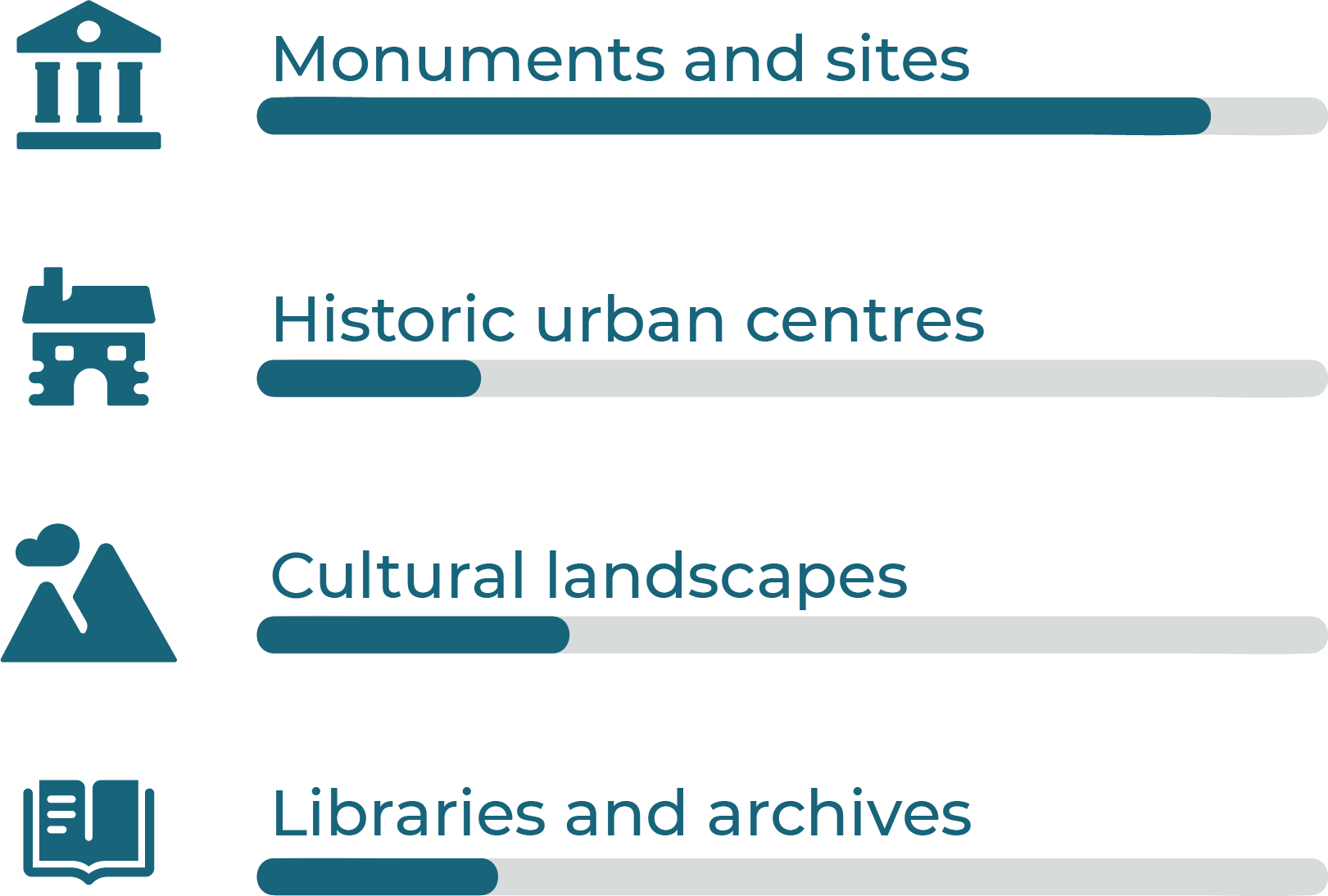
Risks:
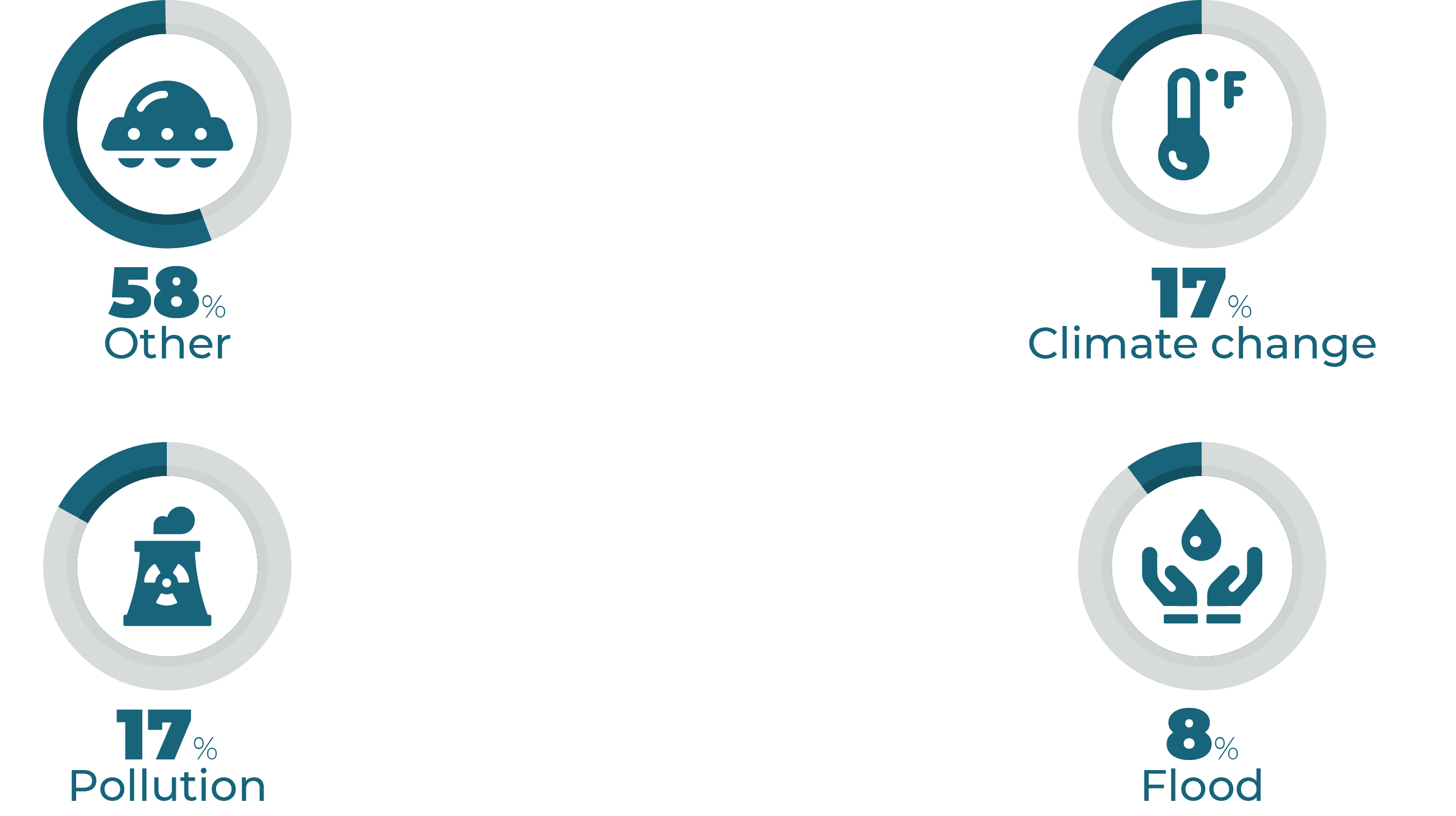
The Risk Manager for Cultural Heritage: a professional figure capable of connecting different scientific and technical sectors
Defining the competences of a risk manager in cultural heritage led the partners of the CHARISMA project to a confrontation. At the end of this report we can frame the set of knowledge and skills that a risk manager must have in general and indicative to be able to manage the pending challenges on cultural heritage in a global context of profound environmental and social changes.

Risk managers for cultural heritage (RMCH) should have twofold training.
On the one hand, they should specialise in scientific and technical studies on the interactions between the materials constituting the artworks and the forces that might threaten their conservation.
At the same time, they should have an understanding of art, history, and the management of cultural assets. These professional figures could bridge the gap among different experts in the cultural heritage sector, putting diagnostics and scientific research in close communication with art professionals, historians, and museum curators.
The main skill of a risk manager is the ability to act as an interface between and to foster the cooperation among emergency responders, cultural heritage experts and owners of cultural heritage as well as the civil society. Generally speaking a skilled risk manager regarding CH protection ideally requires at least a sound insight regarding all soft and hard skills surrounding the management of the heritage at risk.
